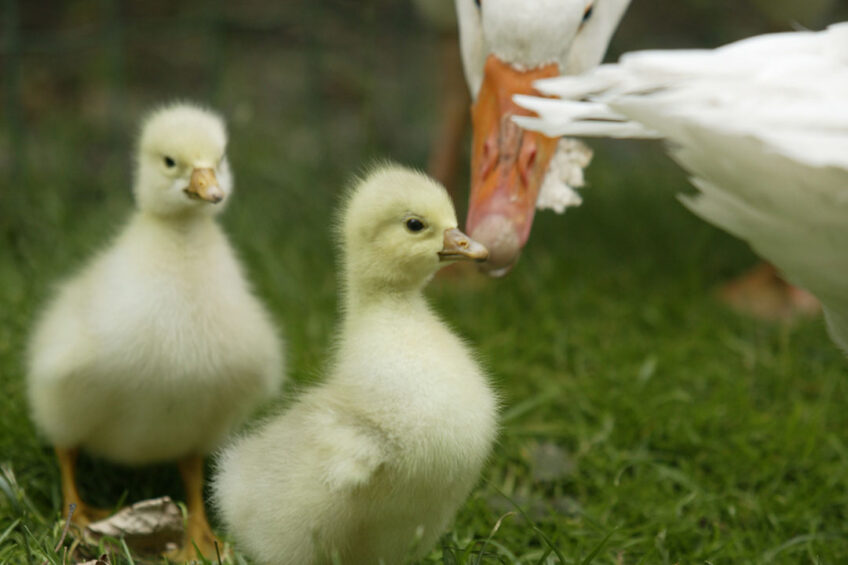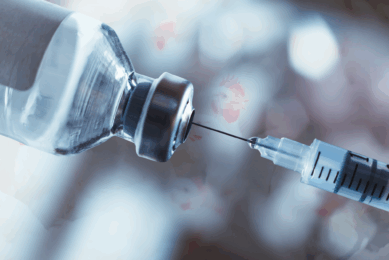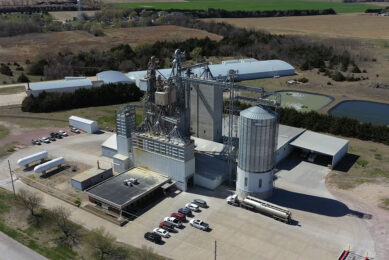Prudent use of antibiotics can mitigate E. coli presence

Italian researchers conducted a longitudinal study on antibiotic susceptibility in commensal Escherichia coli from geese raised in free-range production systems. The results demonstrate that the dynamics of antibiotic-resistant E. coli
in geese production are like the ones observed in broilers.
The transmission of antimicrobial resistant bacteria (AMR) from animals to humans is of great concern. In this respect extended-spectrum beta-lactamase (ESBL) and quinolone resistant Escherichia coli strains are of particular interest. The overuse of antibiotics, which exerts selective pressure on bacteria resulting in the spread and persistence of AMR and antibiotic resistance genes (ARGs) in microbial populations is the main reason for the rise in AMR.
Mobile genetic elements
There is evidence that AMR and/or ARGs carried on mobile genetic elements are shared among animals, humans and the environment. The gut microbiota is considered the largest reservoir of bacteria carrying AMR transmissible genes. Among those bacteria, E. coli, which is ubiquitous in the gastrointestinal tract, is an indicator microorganism to monitor the AMR in animals, humans and food. E. coli can act as a donor, vector or recipient of ARGs, which can be transmitted by direct contact or through the food chain and the environment.
Meat of ducks, geese and game birds (such as quails and pheasants) represent around the 7% of total poultry meat production. In the EU, goose production is most popular in East-European countries, in other countries goose husbandry represents a small niche of poultry farming, and mainly applied for production of meat, eggs, fatty liver, down and feathers for stuffing. Geese are usually raised in an open environment, which constitutes the risk of exposure to environmental contamination and to contaminate soil and groundwater with AMR bacteria. Goose production ranges from semi-intensive to free range systems. Small farms and free-range production systems are often characterised by low use of antibiotics use compared to intensive production and are perceived as less risky in terms of AMR. However, there is an increased risk of direct transmission of pathogens, including AMR bacteria, from poultry to man.
Tetracycline resistant
The load and prevalence of antibiotic-resistant commensal E. coli in geese faeces along the goose production cycle was evaluated. A longitudinal study was performed at two geese farms for a 10-week period. Geese from the same batch were divided into two farms: on one farm, geese were confined indoors and oxytetracycline was administered for five days, on the other farm, geese were kept two weeks indoor, and then held outside, did not use antibiotics. At the start in both farms over 50% of E. coli tetracycline resistant strains were estimated. The average load of extended spectrum beta-lactamase E. coli, in goose faeces varied broadly along the production cycle: in the first weeks, a sharp increase was observed in both farms, while on the farm using antibiotics, the burden remained steady until the end of the production cycle and on the other farm the load decreased dramatically from 6 week of age onwards. The results reveal that the dynamics of antibiotic-resistant E. coli in geese production are similar to the ones observed in broilers. Good management practices, including prudent use of antibiotics, may lower the risk.







